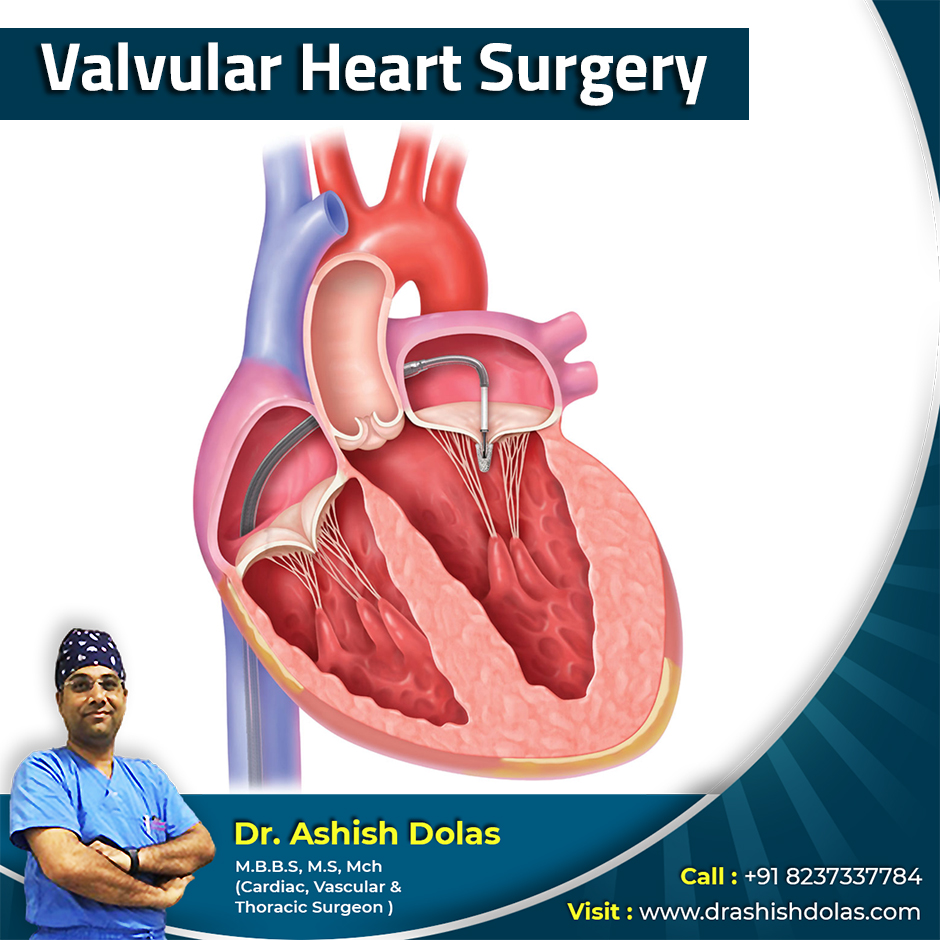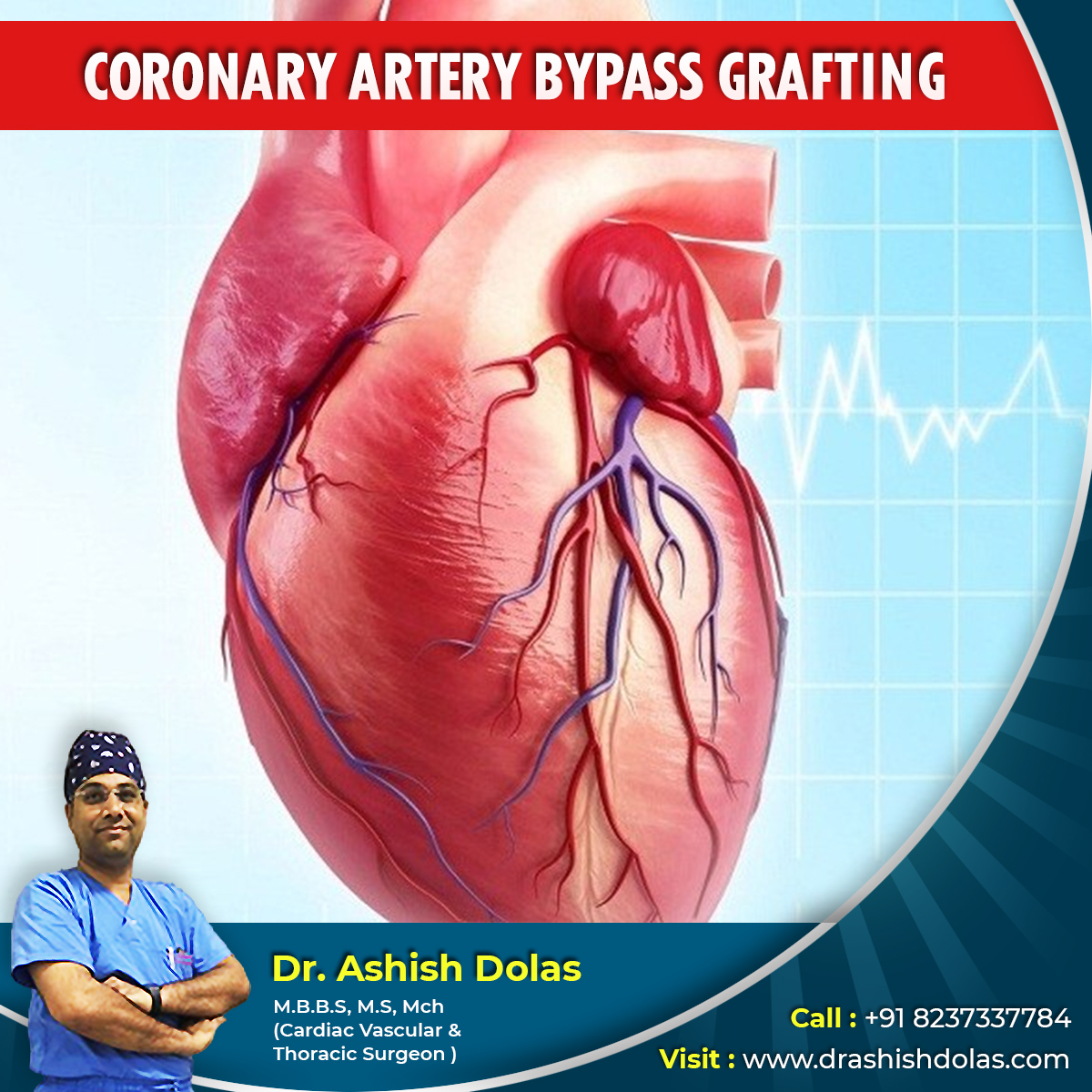
Mini-invasive Cardiac Surgery is performed through a tiny incision, i.e. hole, usually specialized operational instruments. The incision is about one to four inches rather of the six to nine-inch incision required for traditional surgery.
This surgery can be performed to treat a variety of heart situations. Compared with open-heart surgery, this type of surgery might involve less pain and a faster recovery for many people.
Types of Mini-Invasive cardiac surgery involve:
> Valve surgery
> Coronary artery bypasses graft surgery (CABG)
> Atrial fibrillation
> Epicardia lead placement
The (MIDCABG) mini-invasive direct coronary artery bypass graft is a choice for some states who need a left inner mammary vein bypass graft to the left anterior descending artery.
A small 1-3-inch hole(incision) is made in the chest wall within the ribs, whereas the incision made during conventional CABG operation is about six to nine inches long and is made down the centre of the breastbone.
Benefits: –
- A smaller hole
- A smaller mark
- Reduced risk of infection
- Slight bleeding
- Less trauma and pain
- After the procedure, decreased length of stay in hospital
- Decreased recovery time
Why this surgery is done: –
Many types of cardiac procedures may be managed with mini-invasive cardiac surgery, including:
- Aortic valve replacement or repair
- Coronary artery bypass surgery
- Valve replacement or repair
- Maze method for atrial fibrillation
- Saphenous vein harvest through coronary artery bypass surgery
- Tricuspid valve replacement or repair
Who takes benefits from mini-invasive surgery?
Not everyone is an applicant for mini-invasive cardio surgery. Your surgeon and surgery unit will work with you to decide whether it’s a choice to treat your situation.
To determine whether you’re an applicant for mini-invasive cardiac surgery, your surgeon is likely to lead a physical test, evaluate your medical history and conduct tests.
Mini-invasive cardiac surgery is a problematic operational procedure that requires experience and practice. You might be related to a medical centre with surgeons and a surgical unit who have the expertise needed in conducting mini-invasive operations.
Keyhole Methods:
For some surgical methods, an endoscopic or “Keyhole” approach may be made. This method may also be related to as port access surgery. This port access surgery procedure allows specialists to use one to four tiny incisions in the chest wall within the ribs. Surgical and endoscope devices are located through the incisions.
Some types of operations that may be performed using the keyhole method, which involves:
- CABG operation
- Valve operation
- Bi-ventricular pacemaker leads position on the surface of the left ventricle.
Risks:-
Mini-invasive cardio surgery can include risks similar to open-heart surgery, such as:
- Stroke
- Infection
- Bleeding
- Irregular heart rhythms
- Death
Mini-invasive cardio surgery may also want to be changed to open-heart operation if your specialist believes it’s not safe to proceed with the minimal approach.
Results:-
After mini-invasive cardio surgery, you might have an enhanced quality of life and defeated symptoms.
Your heart specialist will guide you about when you can turn to daily actions, such as driving, working, and exercise. You will require to attend routine follow-up meetings with your specialist. You might have various tests to evaluate and examine your condition. and for more information please visit


